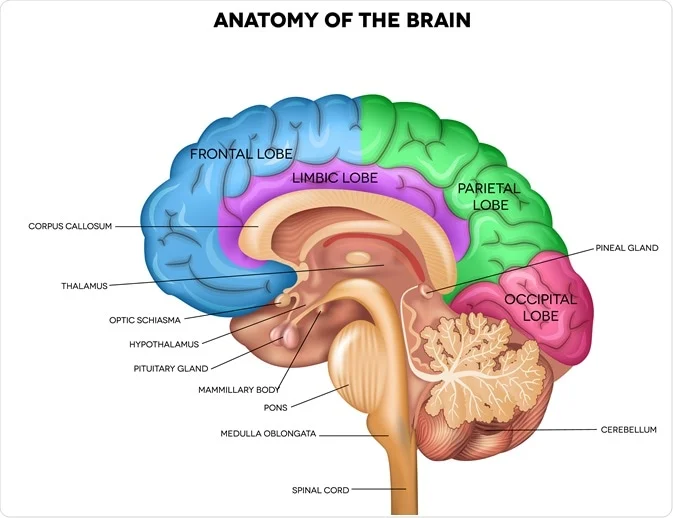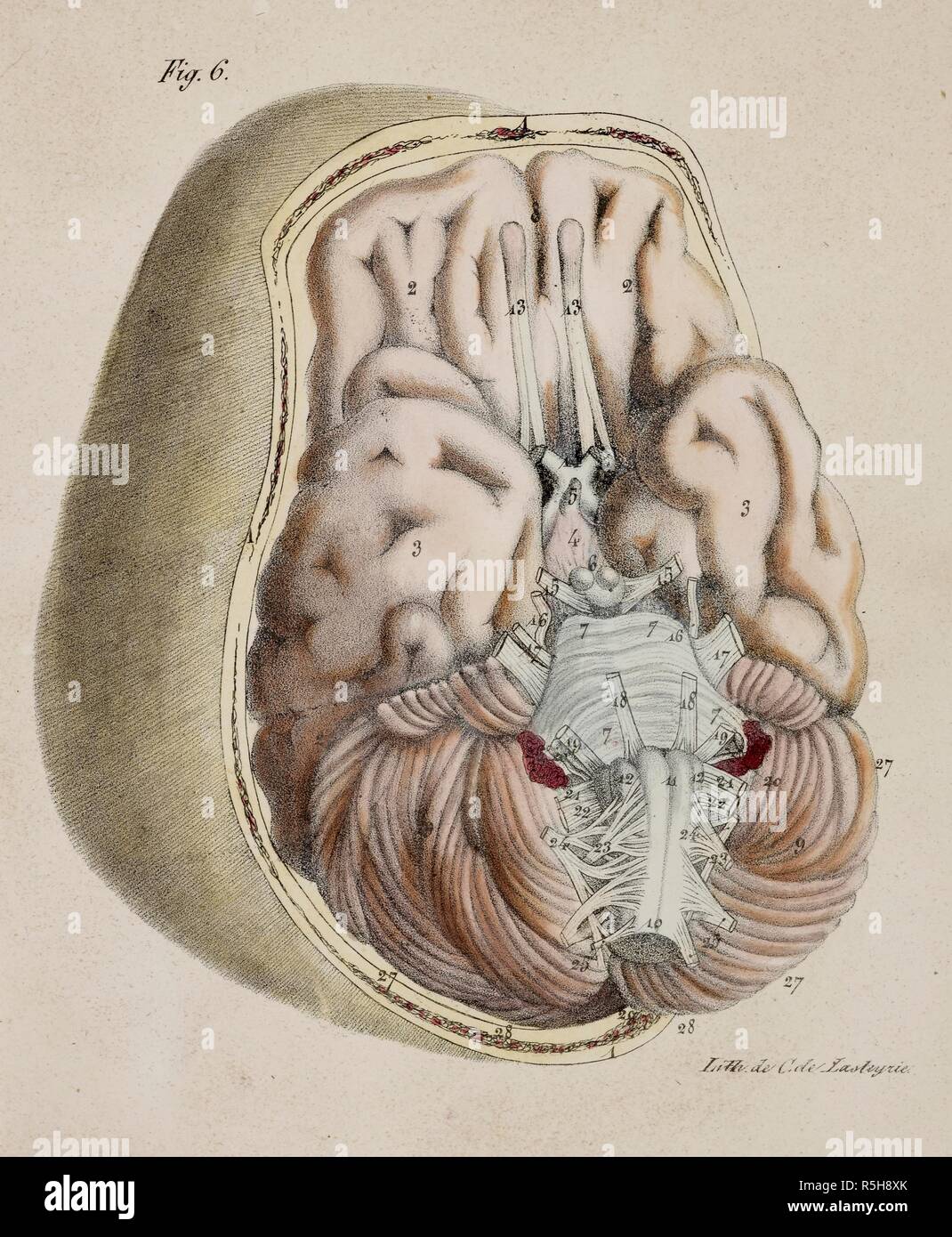


Neuronal death in amyotrophic lateral sclerosis, spinocerebellar disorders and various intoxications, the distribution of neurofibrillary tangles in Alzheimer disease and atrophy in olivopontocerebellar degeneration progress through neuronal connections. Information flows along connections, growth factors and also viruses are transported along connections, epileptic discharges are spread through connections, and when they are deprived of connections, neurons pine away and may die through retrograde degeneration (dying back degeneration) or through anterograde transneuronal degeneration. Connections define the functions of neurons. Knowledge of how the various parts of the CNS are interconnected to form functional systems is a prerequisite for the proper understanding of data from other fields in the neurosciences. Much of our knowledge of the organization of the CNS, however, we still owe to the classic studies of Vicq d'Azyr, Edinger, Dejerine, Flechsig, Brodmann, the Vogts, Foerster and many others, anatomists as well as neurologists, who painstakingly examined fresh and later fixed brains and laid down the framework for the main circuits in the human brain and spinal cord. New developments in MR imaging such as diffusion tensor imaging (DTI) allow the visualization of at least the major fibre connections in the human CNS. Modern imaging techniques such as positron emission tomography (PET) and functional MRI (fMRI) have greatly improved our knowledge of the circuitry of the human CNS. Описание: During the last decade, there have been tremendous technical developments to study the human central nervous system (CNS) and its connectivity.


 0 kommentar(er)
0 kommentar(er)
